In order to prevent the North from supporting the South, the US army used the most modern weapons of US military science at that time.
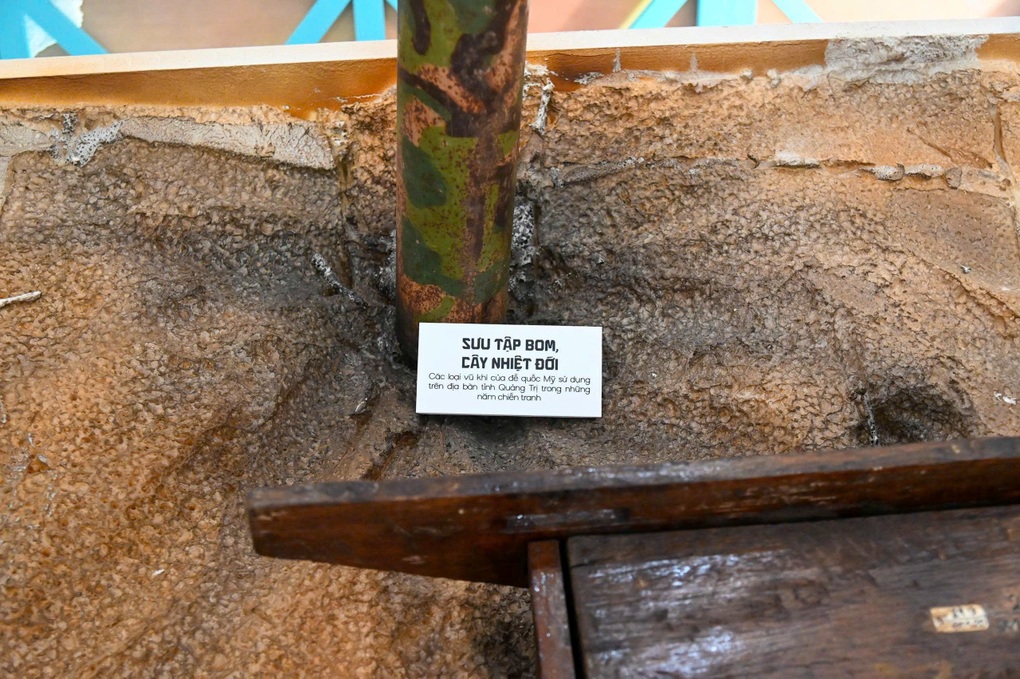
According to the National Museum of Vietnamese History, at a conference in Washington (1967), then US Secretary of Defense Robert McNamara proposed a plan to build an anti-infiltration electronic fence along the demilitarized zone between North and South Vietnam, a system also known as the "McNamara Electronic Fence".
Present at the Exhibition of 80 years of national achievements, Ms. Tran Nu Hoang Chinh, a guide at Quang Tri Museum, explained to the music "Co Non Co Citadel":
The “McNamara Electronic Fence” consists of two main components: an anti-infiltration fence built along the 17th parallel, from the East Sea to the Lao border.
The secret of Vietnamese engineers overcoming McNamara's electronic fence ( Video : Thanh Binh).
The remaining fence, consisting of electronic reconnaissance equipment, was dropped along the legendary Truong Son road, to monitor the transportation and supply of the North through this road, which was the "tropical tree".
"Tropical tree", as our soldiers call it, is actually a type of ADSID/ACOUSID seismic sensor developed by the US.
When dropped from an airplane, this device is capable of being embedded deep into the ground, revealing only the camouflaged antenna, the exterior of the tropical tree is painted green to look like forest branches.
The antenna consists of four antennas, one straight up to the sky, the other three antennas spread out at three angles. Inside are three layers of electronic components including transistors, capacitors, resistors, etc. covered with a thick layer of very hard plastic, a large battery and a microphone connected to the antenna arm.
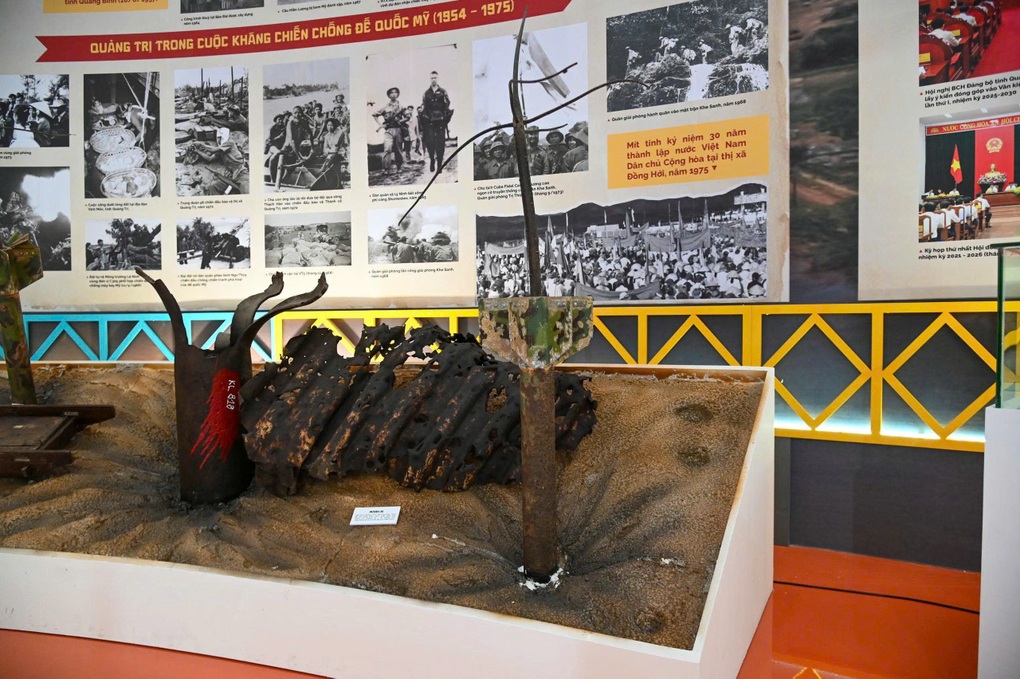
This system can operate continuously for 65-70 days after being dropped.
At first, when the Tropical Tree had not yet been discovered, our soldiers suffered many casualties because of this "informer".
As soon as they were discovered, our engineering troops, with their bravery and intelligence, not only neutralized them but also researched countermeasures.
One of the proposed methods is to use hundreds of meat cans, fill each can with urine and hang them throughout the forest to fool the “tropical trees”.
In addition, we also created many fake signals to deceive, make noise, run the engine... then placed "tropical trees" in the position to destroy to open the way.
Those methods were incredibly effective, planes were sent in to bomb. All the enemy's bombs and bullets were aimed at the decoy positions, sometimes the steep passes that our engineers had not yet cleared to "help" us open the road.
The multi-billion dollar "McNamara electronic barrier" plan was cleverly overcome by our troops, causing the US authorities to not get the expected results.
US Air Force Chief of Staff John McConnell once admitted: “The US Air Force is suffering huge losses in this strange war for small victories… I have never been so disappointed as I am now.”
Despite the lack of technical equipment, with their ingenuity and bravery, Vietnamese engineers neutralized not only the "tropical tree" but also a series of other modern American equipment.
According to the War Remnants Museum, Tropical Trees are used to receive signals from the enemy's movements by ground movement, for people the distance is 25 - 35m, for cars it is 200 - 300m.
Then, the signal was sent into the air to the aircraft at an altitude of 15 - 20 km, the aircraft immediately transmitted information to the US processing center located on Guam Island (Thailand).
The processing center determines the sound of people, cars, or warehouses, determines the coordinates of the area, then transmits the signal to the command center to mobilize the nearest aircraft to bomb.
The process of transmitting information signals from tropical plants to their organs takes only a few seconds.
Source: https://dantri.com.vn/khoa-hoc/bi-quyet-cong-binh-viet-nam-vuot-qua-hang-rao-dien-tu-mcnamara-20250829105448480.htm


![[Photo] Party Committees of Central Party agencies summarize the implementation of Resolution No. 18-NQ/TW and the direction of the Party Congress](https://vphoto.vietnam.vn/thumb/1200x675/vietnam/resource/IMAGE/2025/10/27/1761545645968_ndo_br_1-jpg.webp)
![[Photo] The 5th Patriotic Emulation Congress of the Central Inspection Commission](https://vphoto.vietnam.vn/thumb/1200x675/vietnam/resource/IMAGE/2025/10/27/1761566862838_ndo_br_1-1858-jpg.webp)

![[Photo] National Assembly Chairman Tran Thanh Man receives Chairman of the House of Representatives of Uzbekistan Nuriddin Ismoilov](https://vphoto.vietnam.vn/thumb/1200x675/vietnam/resource/IMAGE/2025/10/27/1761542647910_bnd-2610-jpg.webp)


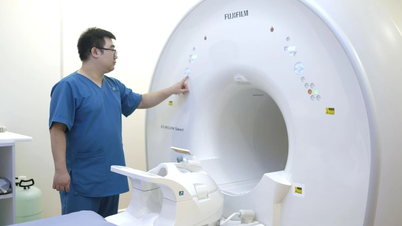

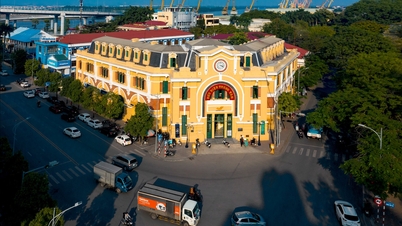



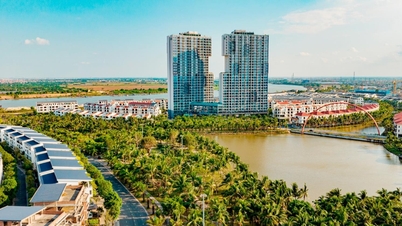
![[Photo series] The beauty of women in labor](https://vphoto.vietnam.vn/thumb/402x226/vietnam/resource/IMAGE/2025/10/18/1760739057545_1_20251017145220.jpeg)

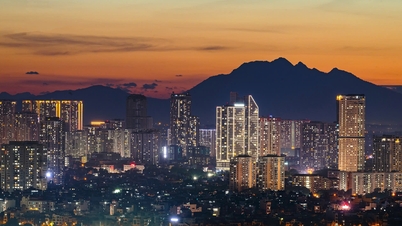

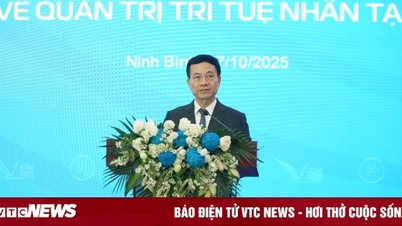

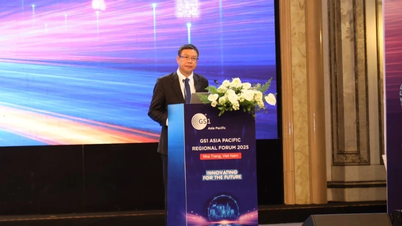


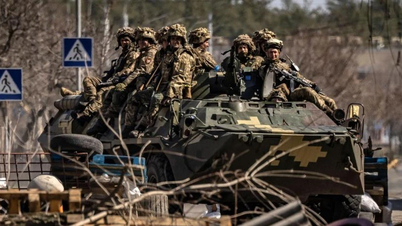

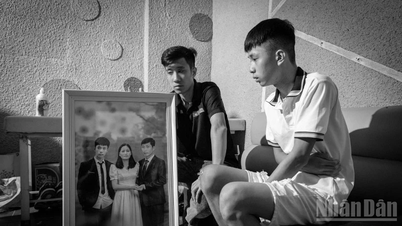








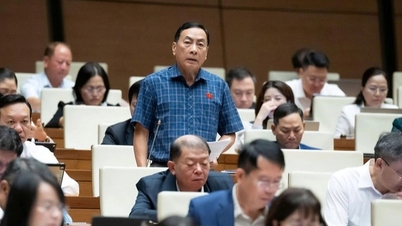











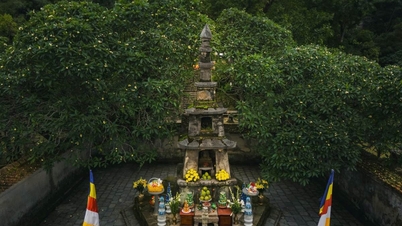

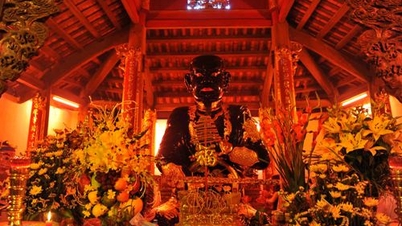





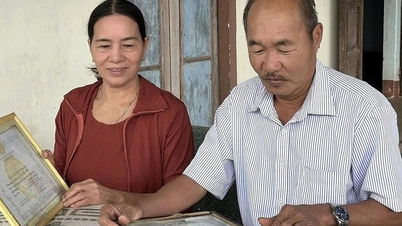
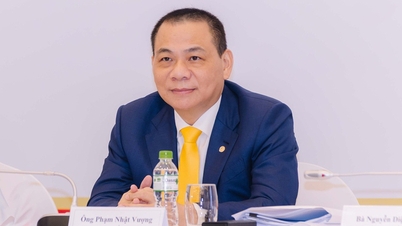


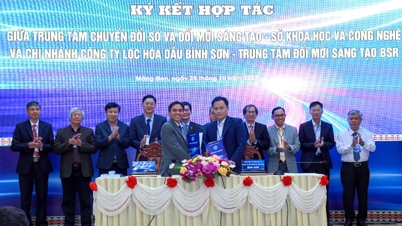



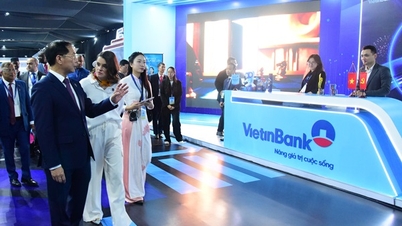
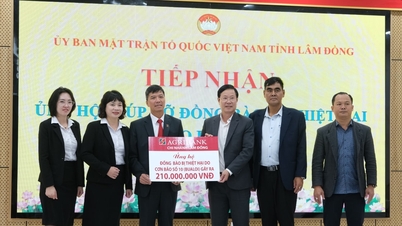



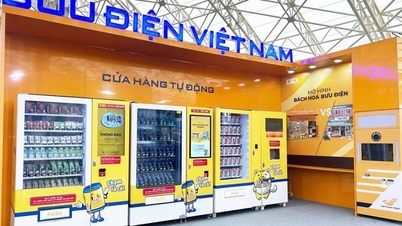







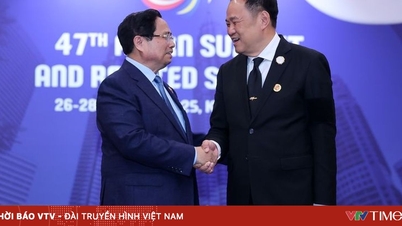

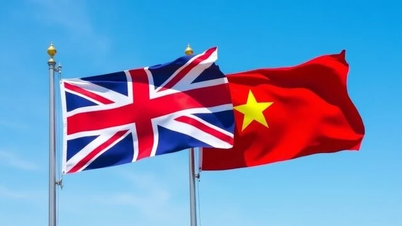
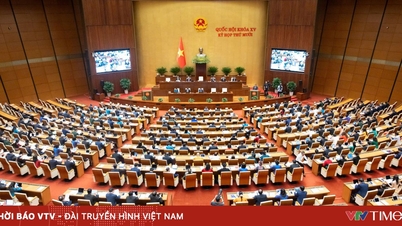
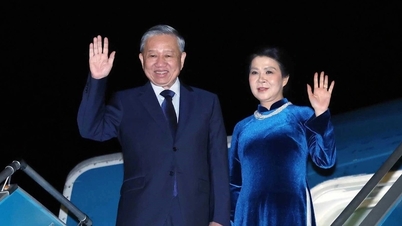
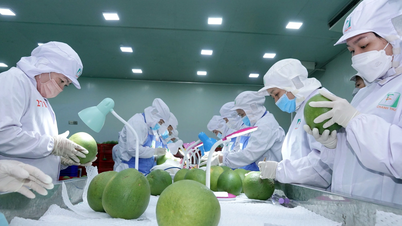
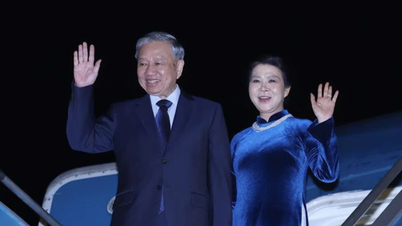
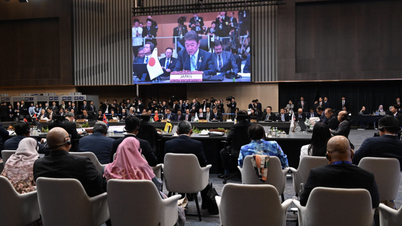

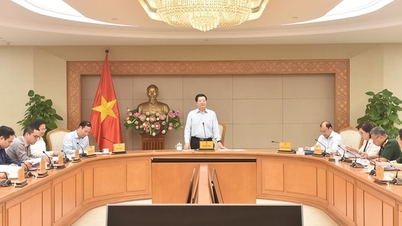

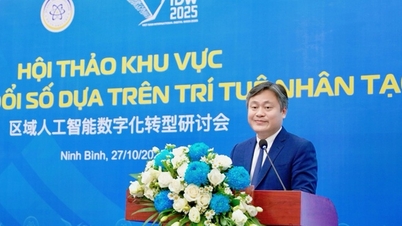
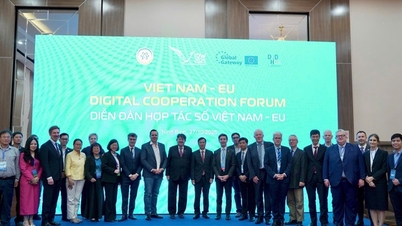
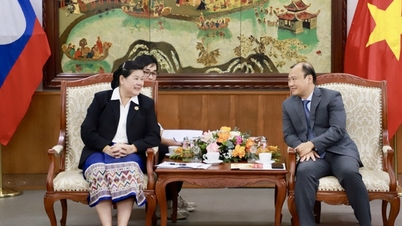
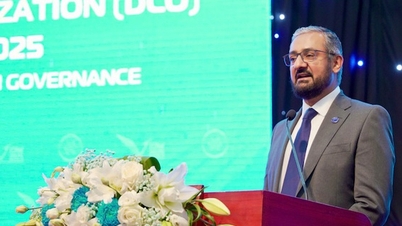




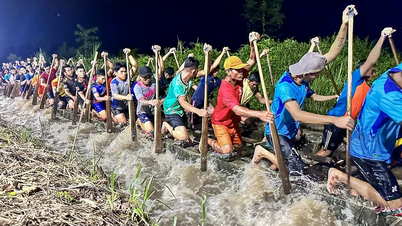


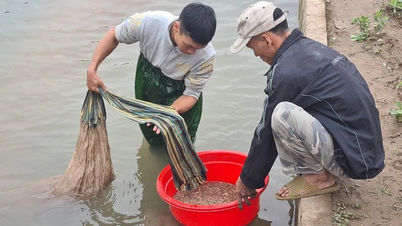
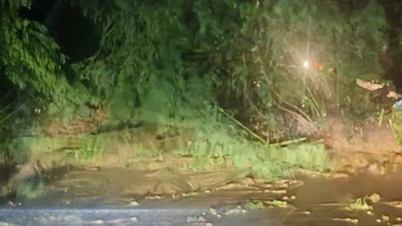














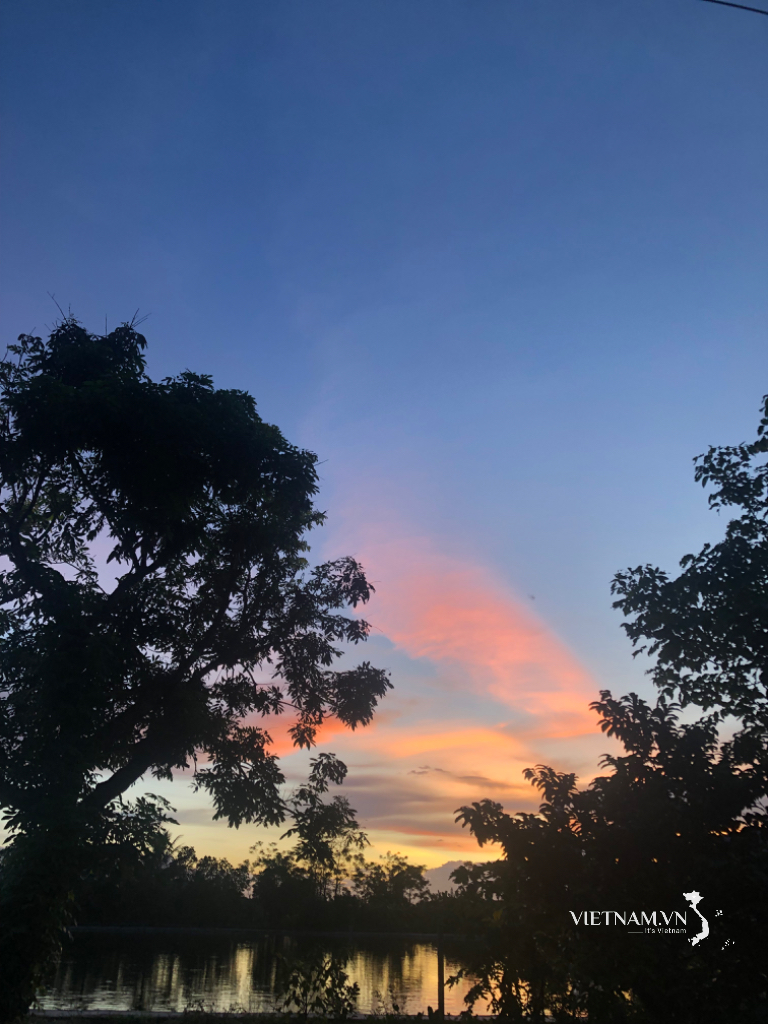

Comment (0)